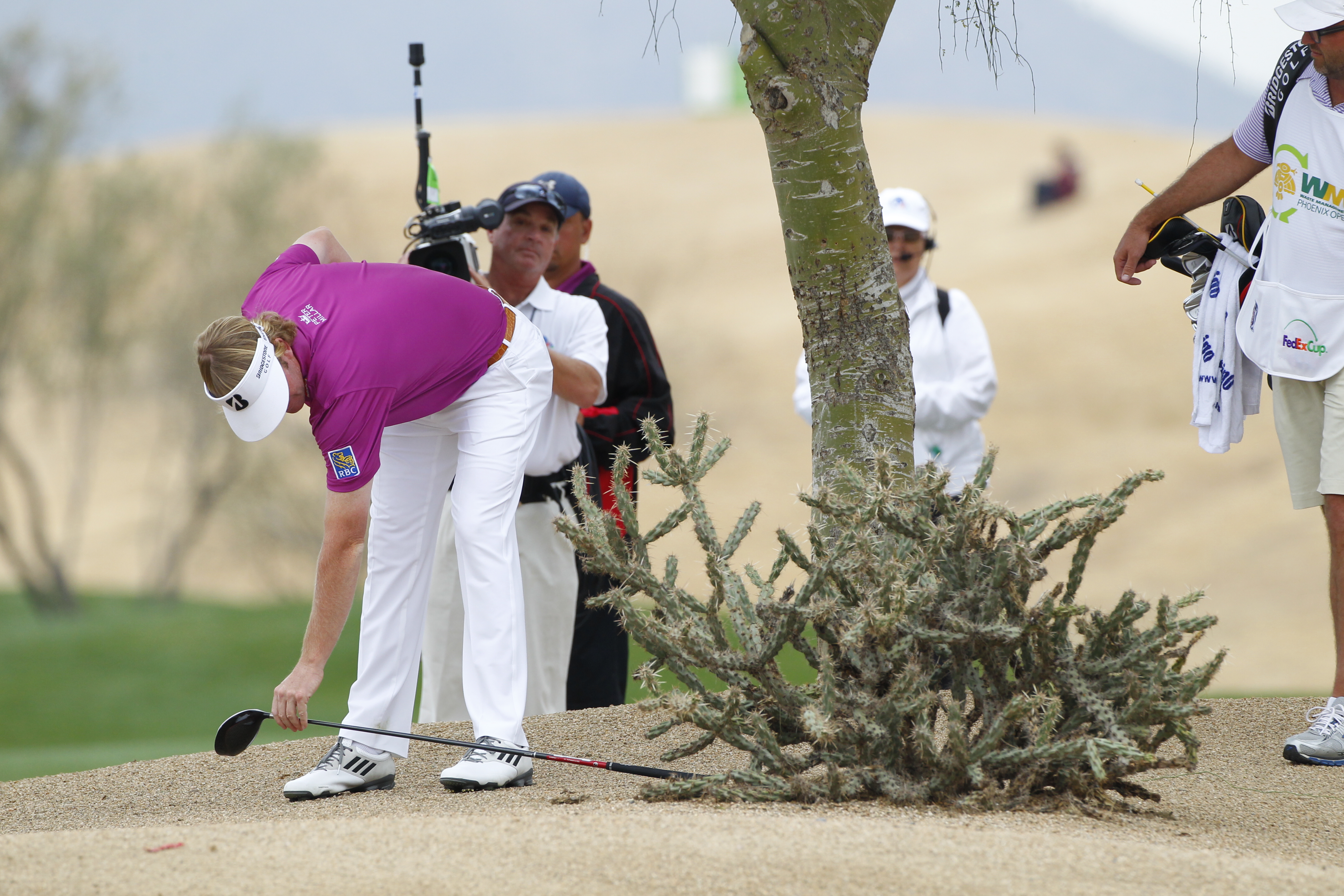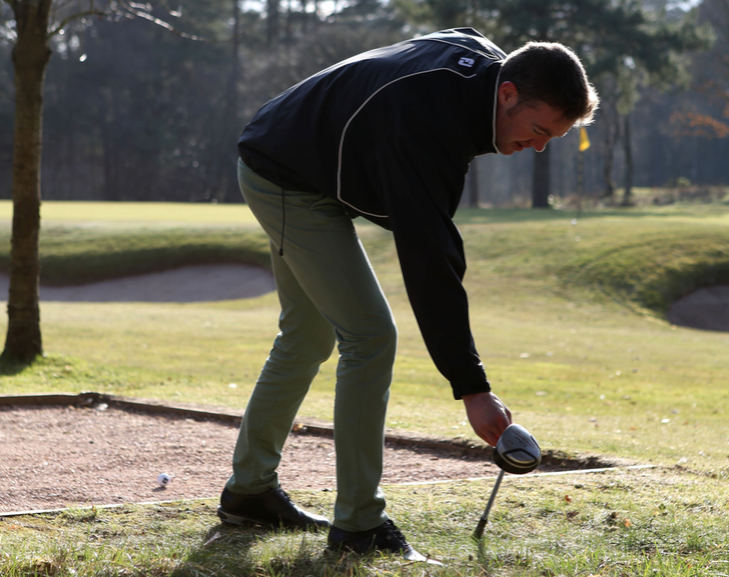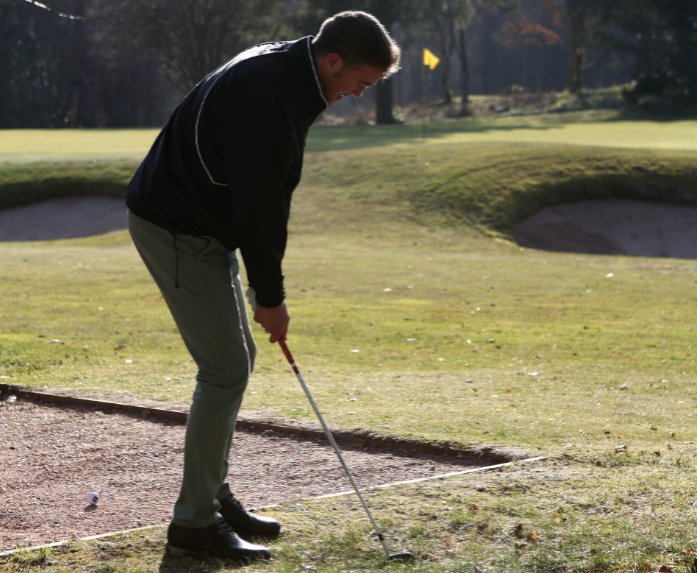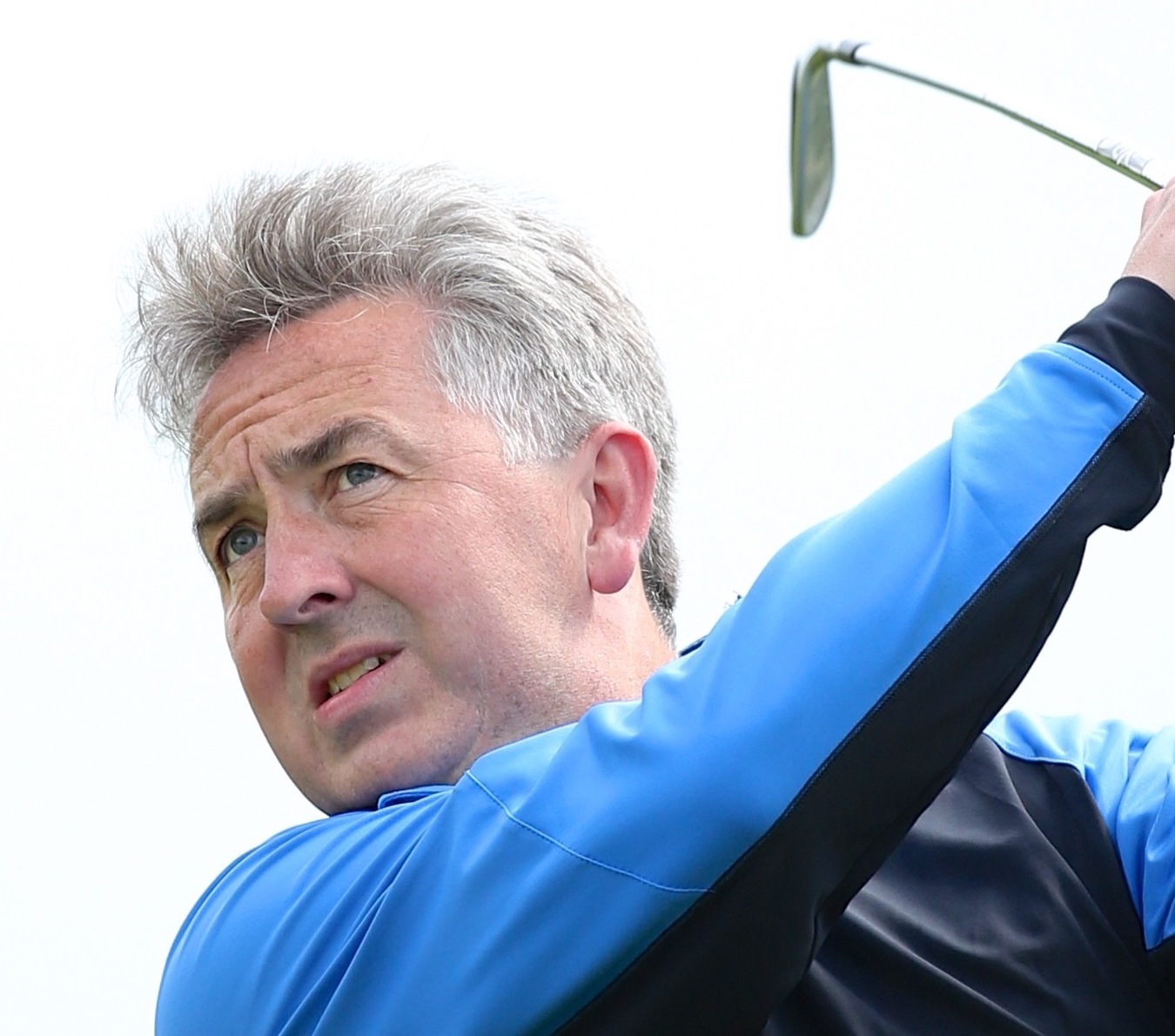Rules of Golf: nearest point of relief
Nearest point of relief sadly does not mean nicest point of relief! Jeremy Ellwood explains


Common misconceptions about nearest point of relief are that you are entitled to a good lie and have some choice as to where it is. But neither is the case…
The first thing to understand about ‘nearest point of relief’ is that there are a variety of conditions and scenarios where the term comes into play. One important thing to remember is that since the 2019 rules revisions the correct terminology is 'nearest point of complete relief' (more about that later). Some Rules, e.g., abnormal course conditions such as immovable obstructions, require you to drop within one club-length of the nearest point of complete relief with no penalty. Other Rules, e.g., unplayable ball, simply require you to drop a ball within a certain number of club-lengths under penalty.
Once you have determined your nearest point of complete relief you must then use the longest club you are carrying that round to measure out your one club-length relief area, but what about when you are determining your nearest point of complete relief?

In determining the ‘nearest point of complete relief’, you should use the club with which you expect to play your next stroke. The picture below perfectly illustrates how to identify where your nearest point of relief is.

For example, say you find yourself 100 yards from the hole but standing in temporary water; you are entitled to relief without penalty. What you need to do is imagine that the temporary water is not there and select the club that you would normally hit from that position, e.g., a pitching wedge. That would be the correct club to use in order to accurately determine your nearest point of complete relief. You would then use that club to simulate the address position, direction of play and swing. The nearest point of complete relief would be the point nearest to where the ball lies that is not nearer the hole and where, if the ball was positioned there, there would no longer be any interference from the temporary water as you play your stroke.
As mentioned, the term is now nearest point of complete relief. This means that you cannot still be standing on the the thing you are taking relief from. Your nearest point of complete relief is the spot where your stance, as well as your ball, are no longer in contact with the path or temporary water and where it will not interfere with your area of intended swing.
Perhaps the most important thing of all to stress is that nearest point of complete relief does not mean nicest point of complete relief! There is only ever one nearest point of complete relief, and sometimes it may be less appealing than where your ball is currently lying. But you don’t get any choice as to where the nearest point of complete relief is, and sometimes in such circumstances you may be better off playing the ball as it lies (e.g., from a path rather than from the deep heather beside it).
Subscribe to the Golf Monthly newsletter to stay up to date with all the latest tour news, equipment news, reviews, head-to-heads and buyer’s guides from our team of experienced experts.

Jeremy Ellwood has worked in the golf industry since 1993 and for Golf Monthly since 2002 when he started out as equipment editor. He is now a freelance journalist writing mainly for Golf Monthly. He is an expert on the Rules of Golf having qualified through an R&A course to become a golf referee. He is a senior panelist for Golf Monthly's Top 100 UK & Ireland Course Rankings and has played all of the Top 100 plus 91 of the Next 100, making him well-qualified when it comes to assessing and comparing our premier golf courses. He has now played 1,000 golf courses worldwide in 35 countries, from the humblest of nine-holers in the Scottish Highlands to the very grandest of international golf resorts. He reached the 1,000 mark on his 60th birthday in October 2023 on Vale do Lobo's Ocean course. Put him on a links course anywhere and he will be blissfully content.
Jezz can be contacted via Twitter - @JezzEllwoodGolf
Jeremy is currently playing...
Driver: Ping G425 LST 10.5˚ (draw setting), Mitsubishi Tensei AV Orange 55 S shaft
3 wood: Srixon ZX, EvenFlow Riptide 6.0 S 50g shaft
Hybrid: Ping G425 17˚, Mitsubishi Tensei CK Pro Orange 80 S shaft
Irons 3- to 8-iron: Ping i525, True Temper Dynamic Gold 105 R300 shafts
Irons 9-iron and PW: Honma TWorld TW747Vx, Nippon NS Pro regular shaft
Wedges: Ping Glide 4.0 50˚ and 54˚, 12˚ bounce, True Temper Dynamic Gold 105 R300 shafts
Putter: Kramski HPP 325
Ball: Any premium ball I can find in a charity shop or similar (or out on the course!)